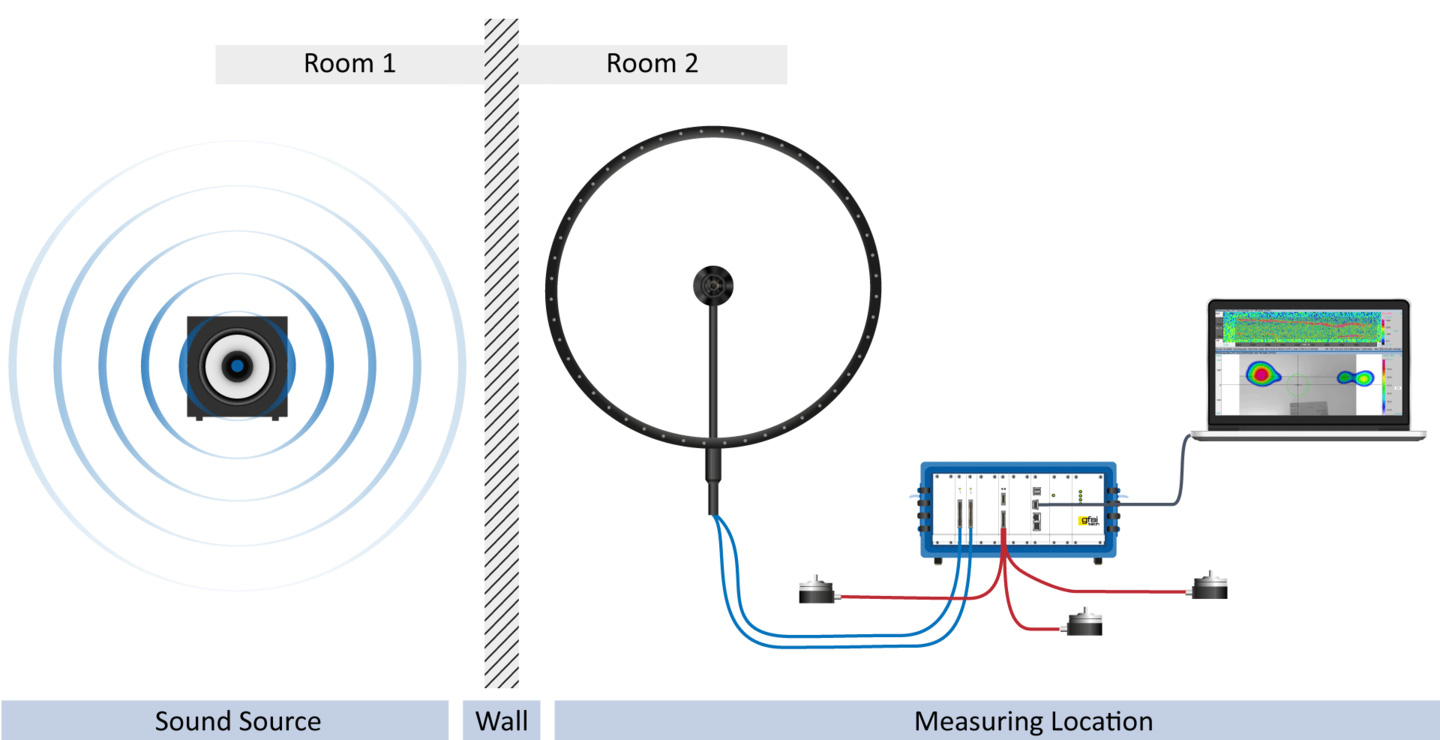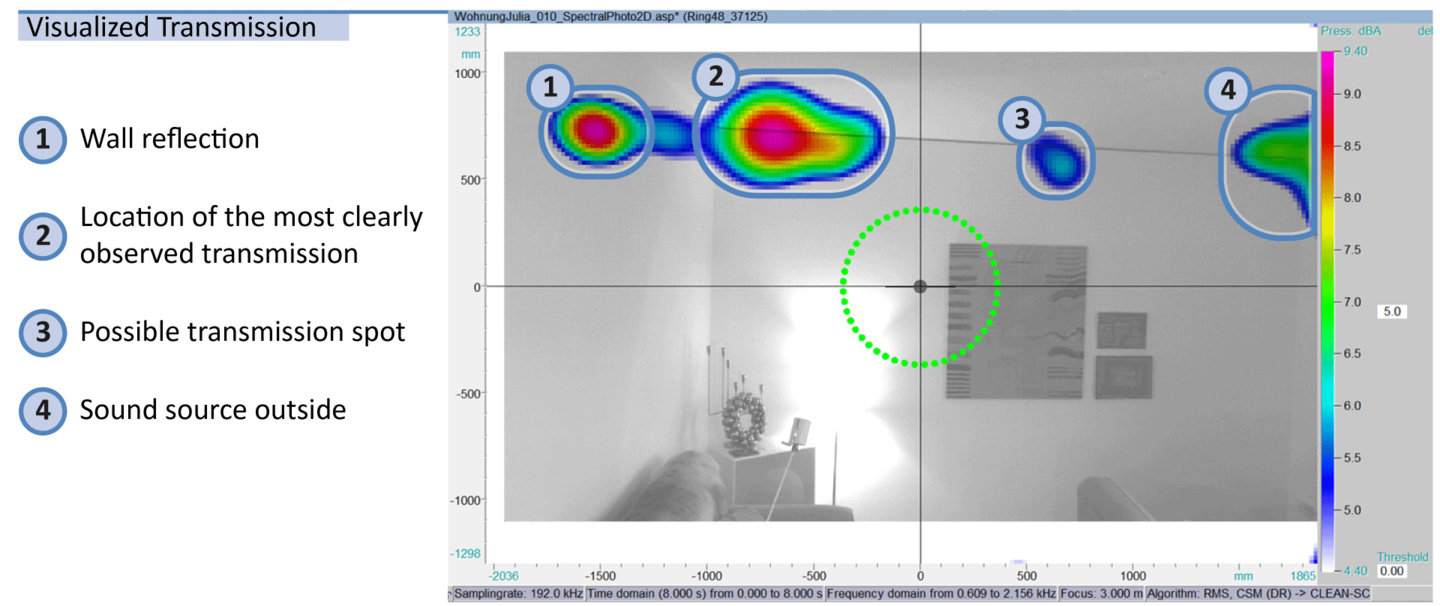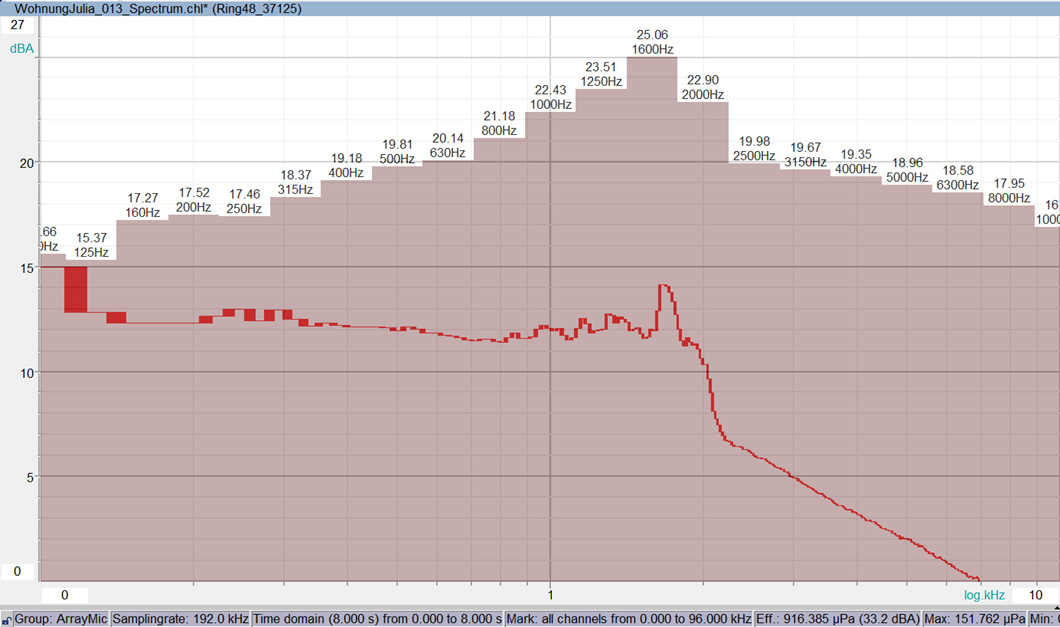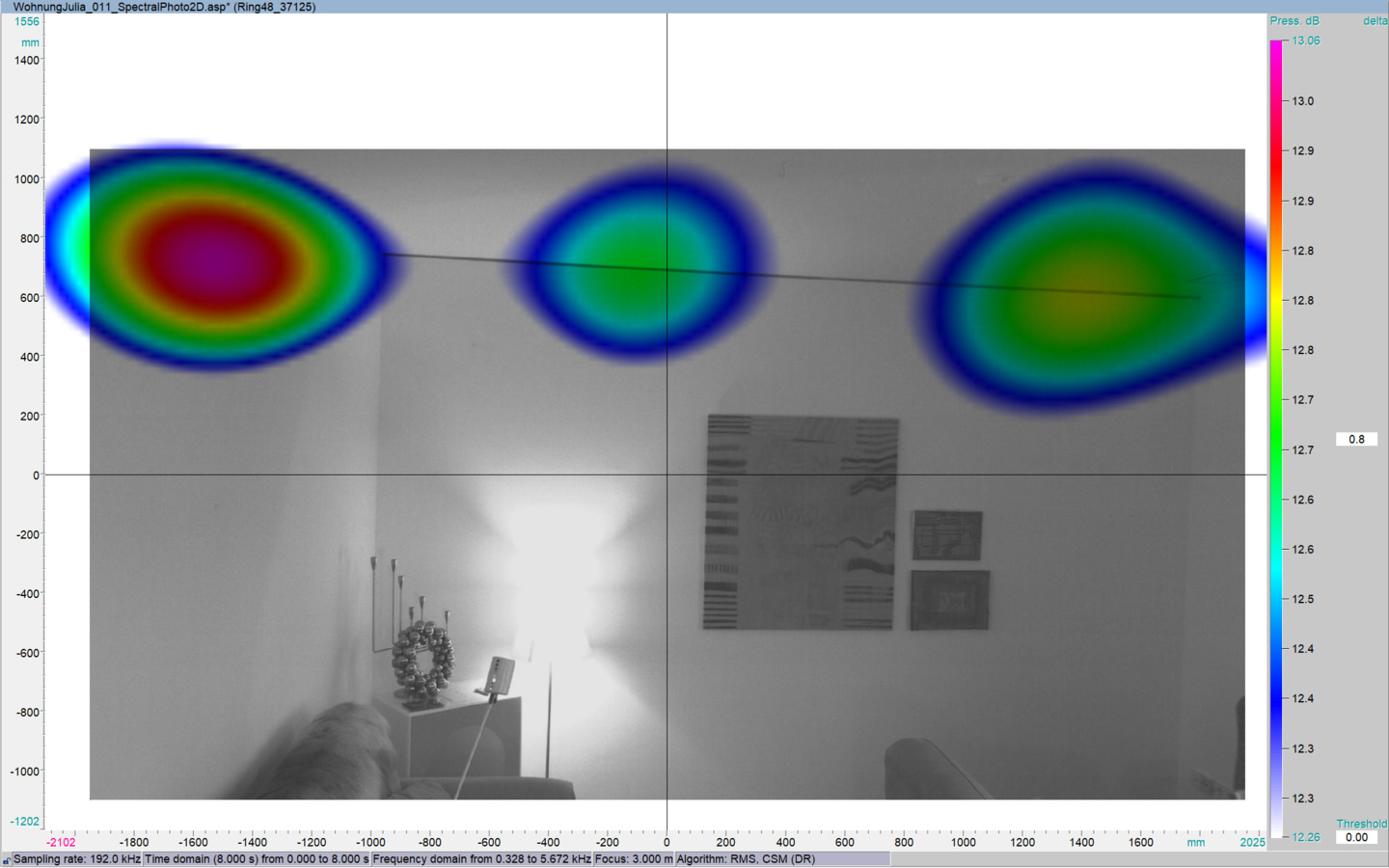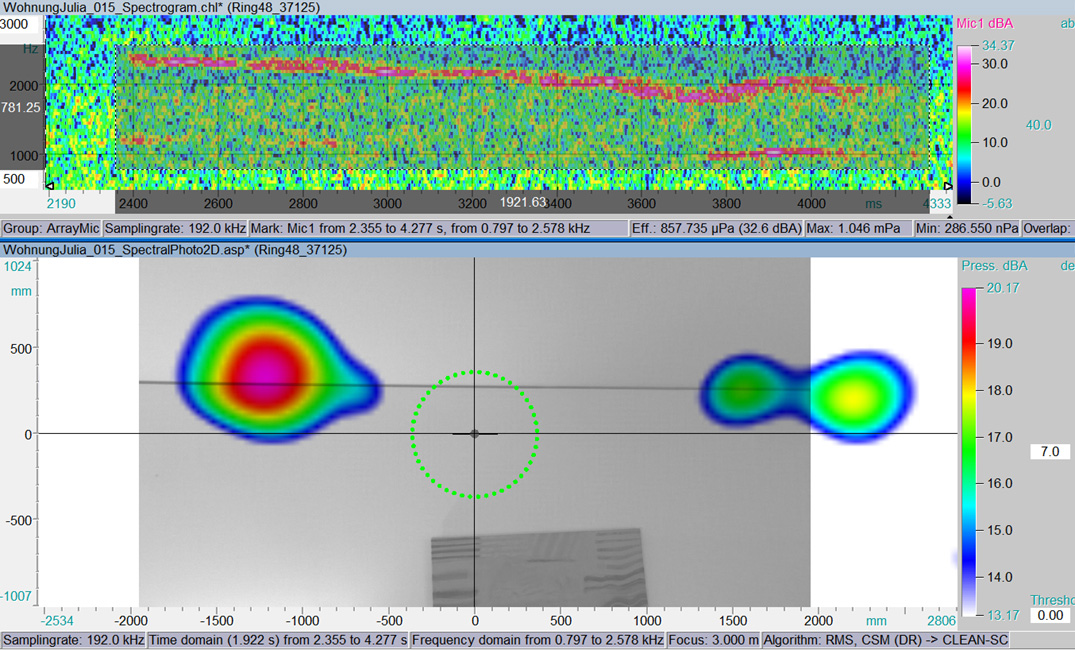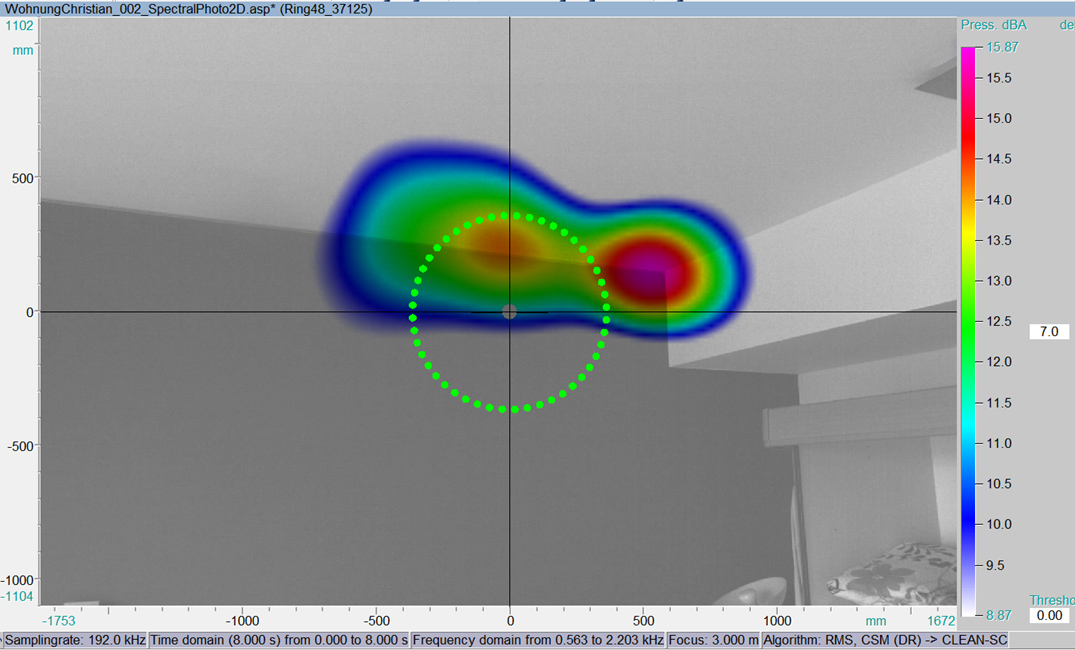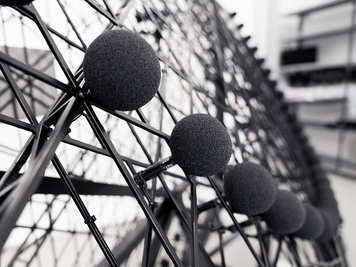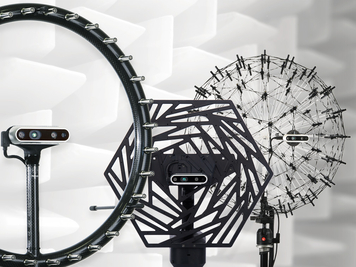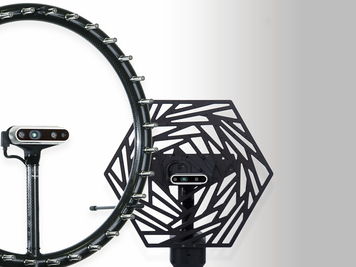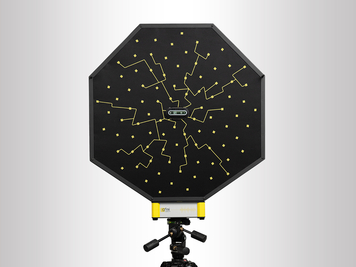In apartment buildings it is quite normal to be able to hear sounds from the flats of the neighbours. Most noises cannot be avoided. But of course tenants do not have to accept all disturbing noise sources. Noise sources such as loud televisions, music systems and screaming children or barking dogs can be very exhausting. If the own room is no longer usable, because the noise from the neighbour dwellings is too large, noise nuisance is present.
Usually tenants can complain or call the police. But what can tenants do if, for example, the neighbour's television is already too loud at room volume? In clairaudient apartment buildings it can happen that you notice more of your neighbours than you would like to. Then complaints or calling the police won't help. Perhaps, however, the sound insulation of the walls can be improved, especially if there is a leak.
In this application example we show how measurements with the Acoustic Camera can help to reduce noise pollution in rented flats with a high hearing level. In this case, the noise nuisance is due to the bright hearing between two flats. The tenants of both apartments want to improve the sound insulation and reduce the bright hearing. For this purpose, acoustic measurements are carried out on the wall between the apartments.

